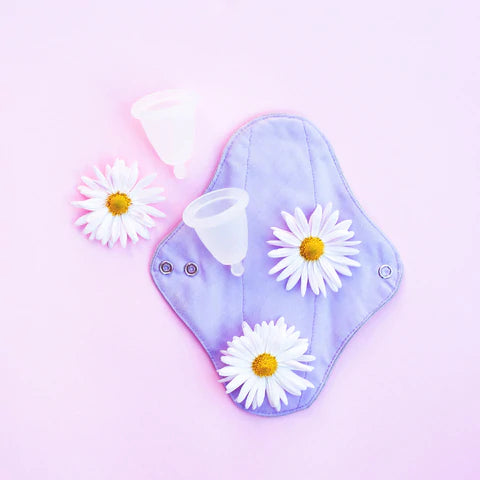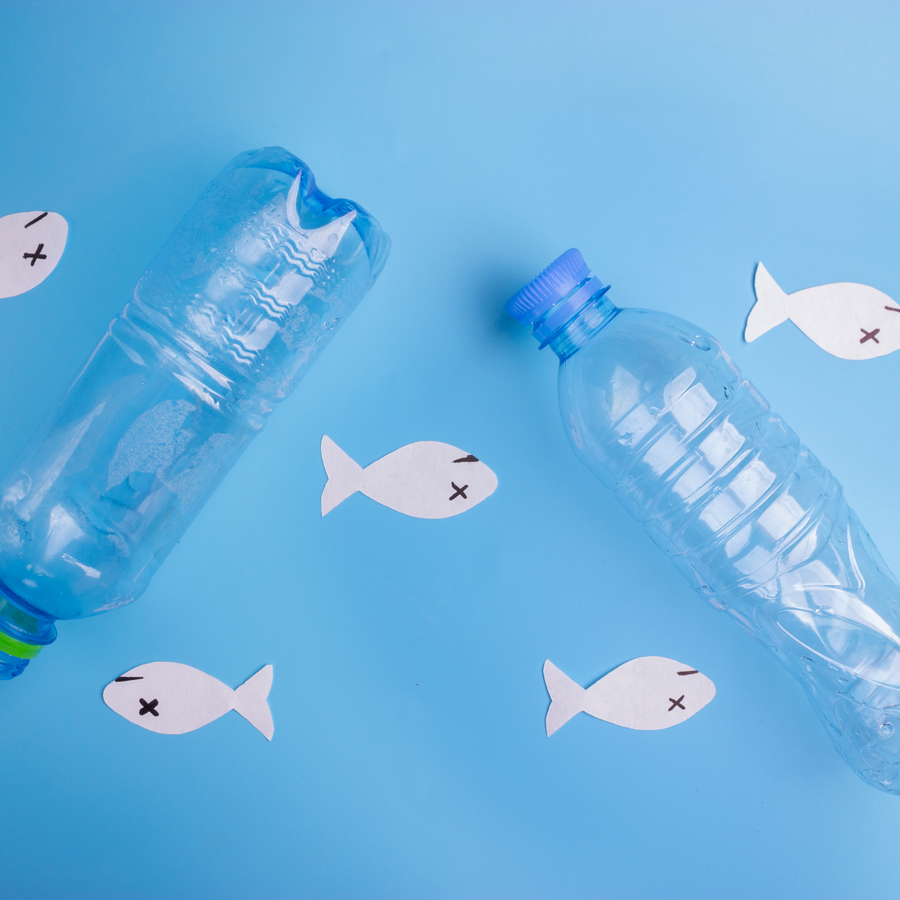It is just so convenient to take a tampon out, then flush it down the bowl—no extra mess! Yet Tampons especially are designed to absorb fluids and expand! As any plumber, they will tell you the damage it does to drains and pipes, and if not yours, then your neighbors.
Flushing period products is how they end up in the rivers, oceans and washed up on beaches - Be a Binner instead! Your toilet is not a bin.

There’s a good reason for those little trash cans in restrooms. Take your tampon or your pad, wrap it, ( or even better pop it into a Fab Little Bag), fewer trees consumed and more hygienic, then trash it right in there. Have a more eco period, it’s as simple as that.
Flushing away the issue
According to the Journal of the Institution of Environmental Sciences, around 2.5 million tampons and 1.4m pads (- yes people flush pads!!!) disappear down the U-bend every day in the UK. So why do so many people assume that flushing tampons or period pads are safe? Well, considering that most of us tend to tick ‘accept terms and conditions without actually reading them, it’s not too surprising that many of us have missed the ‘do not flush’ warning on our tampon box.
Tampons and other menstrual products are typically made of very absorptive materials. When flushed, these products become tangled in the plumbing pipes and/or get saturated with liquid, swollen, and lodged in your plumbing, the drains (heard of Fatbergs?) or as our sewers are designed to overflow into rivers to help control flooding, they end up hanging out with Nemo and his family in the oceans or picked up by the army of fabulous beach cleaners.
The wicked plastic problem
Plastic pervades modern life, and menstruation is no exception, getting a handle on how much plastic waste comes from menstrual products is challenging, so little research has even looked at the scope of the problem. It has been estimated that up to 90% of a menstrual pad and 6% of a tampon is plastic. The rest of the pad is wood pulp, and tampons are a mixture of cotton, rayon or a mix of both. The impact your pad may then have on the environment multiplies if you consider the numerous plastics within the material. There are increasingly brands that limit the number of plastics to plant-based pull off strips and backing sheets, but even this is challenging as if they end up in landfill, which most do, then even plant-based plastics will not biodegrade, whatever the marketing says.


Period Waste - The Eco-Challenge
The disposal of single-use menstrual products is a significant problem. In the UK, tampons, pads, and applicators generate 200,000 tonnes of waste per year. The great majority of these products end up incinerated or in landfills, but up to 8.5% (18,050 pieces) of sewage-related debris, which includes menstrual products, finds its way onto Britain’s beaches.
Despite numerous campaigns aimed at bagging and binning menstrual waste, the number of all types of menstrual products found on beaches has increased. Figures from the Marine Conservation Society reveal that on average, 4.8 pieces of menstrual waste are found per 100m of beach cleaned.
Other options
However, in recent years, companies have been creating category innovations and creating modern, discreet and eco friendly period products to the options we have known all our lives.
Several environmentally friendly period products are available today, such as reusable pads, reusable tampon applicators, period underwear, and menstrual cups.

Finally there are more choices and new products that provide more sustainable options as it is more relevant today to think about the impact our periods have on the environment than ever before. If you don't get on with these other options and prefer to use disposables please make sure you Bin don't Flush and even better use a FabLittleBag to dispose of your pad or tampon as these make being a Binner a much better experience, easy and hygienic even when there is no bin you can still dispose with confidence. Here’s to innovation!
Written by Mia Clement


